



If you find yourself wandering through Gradska četvrt Donji grad in Croatia,you’ll immediately notice a rhythm that’s both lively and laid-back,like the city is breathing with a quiet confidence. The streets hum with the chatter of locals sipping coffee at cozy cafés,while the scent of fresh pastries mingles with the faint aroma of blooming linden trees. It’s the kind of place where history and modern life blend effortlessly—colorful buildings with ornate facades stand shoulder to shoulder with trendy boutiques and art galleries,inviting you to explore every corner. Walking here feels like stepping into a storybook,but one that’s alive and unfolding. You’ll hear the soft clinking of glasses from open-air terraces,the occasional street musician’s melody drifting through the air,and the gentle rustle of leaves in the parks that dot the neighborhood. The vibe is warm and welcoming,with locals who are proud of their city’s rich cultural tapestry and eager to share it,whether through a friendly chat or a recommendation for the best local dish. Speaking of food,Donji grad’s culinary scene is a delightful surprise. Imagine tasting fresh seafood caught that morning,paired with a glass of crisp Croatian white wine,all while sitting under the shade of a chestnut tree. The city’s character shines brightest in these simple,sensory moments—where the past and present mingle,and every street corner invites you to slow down and savor life a little more.
The information on this page is currently being reviewed by Tripkliq and should be used as a guide only
Eng word: Hello
Eng pronunciation: Bohk
Local language: Bok
Eng word: Goodbye
Eng pronunciation: Doh-vee-jen-ya
Local language: Doviđenja
Eng word: Thank you
Eng pronunciation: Hvah-lah
Local language: Hvala
Eng word: How much
Eng pronunciation: Koh-lee-koh
Local language: Koliko
Eng word: Toilet
Eng pronunciation: Toh-ah-let
Local language: Toalet
Eng word: Help me
Eng pronunciation: Poh-moh-zee mee
Local language: Pomozi mi
Eng word: Yes
Eng pronunciation: Dah
Local language: Da
Eng word: No
Eng pronunciation: Neh
Local language: Ne
Eng word: Excuse me
Eng pronunciation: Oh-proh-stee-teh
Local language: Oprostite
Donji Grad, also known as the Lower Town, was established in the 19th century as part of the urban expansion of Zagreb, Croatia's capital. It was designed to accommodate the growing population and to serve as a commercial and cultural hub.
Zrinjevac Park, one of the most beautiful parks in Zagreb, is located in Donji Grad. Established in 1873, it features a music pavilion, fountains, and numerous statues, making it a popular spot for both locals and tourists.
Opened in 1895, the Croatian National Theatre in Donji Grad is an architectural masterpiece. It has hosted numerous world-class performances and remains a cultural landmark in Zagreb.
The Art Pavilion in Donji Grad, built in 1898, is the oldest exhibition hall in Southeast Europe. It has showcased works by many renowned artists and continues to be a key venue for art exhibitions.
Founded in 1884, the Strossmayer Gallery of Old Masters houses an impressive collection of European paintings from the 14th to the 19th centuries. It is located in the heart of Donji Grad and is a must-visit for art enthusiasts.
Ban Jelačić Square, the central square of Zagreb, is located in Donji Grad. Named after Ban Josip Jelačić, a 19th-century Croatian hero, the square is a bustling hub of activity and a popular meeting point.
The Mimara Museum, opened in 1987, is located in Donji Grad and houses a vast collection of art and artifacts donated by Ante Topić Mimara. The museum's collection spans from prehistoric times to the 20th century.
Built in 1925, the Esplanade Hotel in Donji Grad is one of Zagreb's most luxurious hotels. It was originally constructed to accommodate passengers of the famous Orient Express and has hosted numerous celebrities and dignitaries.
Dolac Market, located near Ban Jelačić Square, has been the main market of Zagreb since 1930. It offers a vibrant atmosphere where visitors can buy fresh produce, local delicacies, and handmade crafts.
In Gradska četvrt Donji grad, the most common Power Adaptor is Type C, Type F.



A slow-cooked dish made with meat and vegetables, prepared under a bell-like lid covered with embers, resulting in tender and flavorful food.
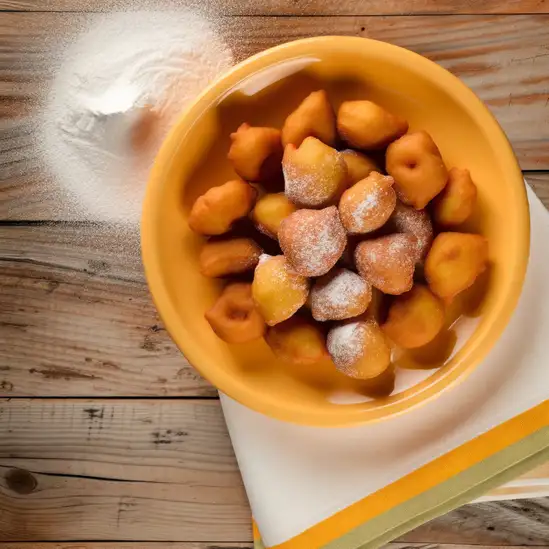
Small, deep-fried doughnuts flavored with citrus and often sprinkled with powdered sugar, popular during festive seasons.
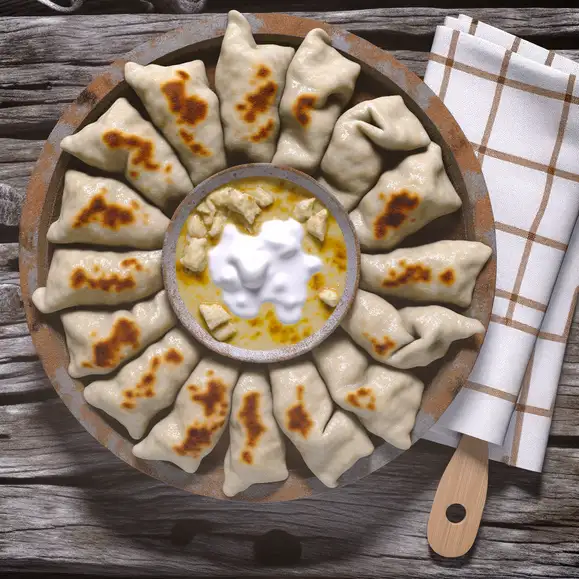
A traditional Croatian dish made of dough filled with cheese, often served baked or boiled, and sometimes topped with sour cream.
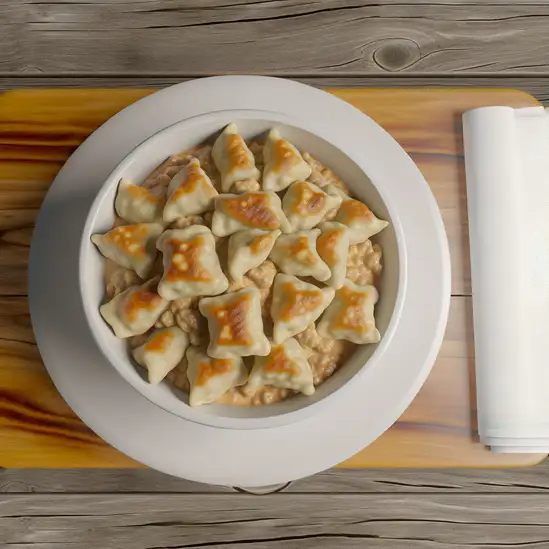
A variation of štrukli, this dish is specifically from the Zagorje region, featuring a rich cheese filling and typically served as a dessert or main course.

Cabbage rolls stuffed with minced meat and rice, cooked in a savory tomato sauce, often enjoyed during winter months.
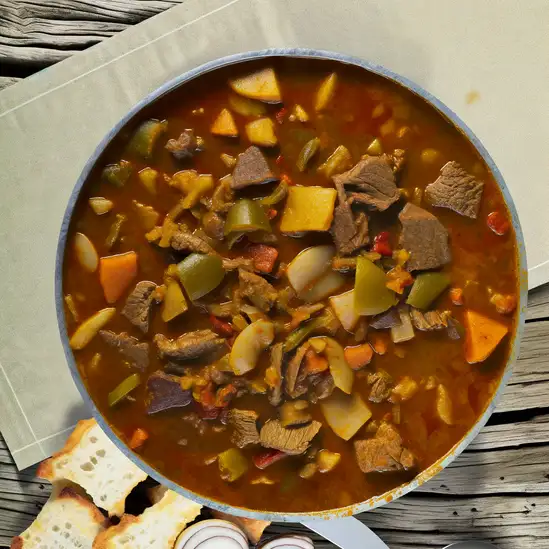
A hearty stew made with beef, vegetables, and spices, often served with bread or dumplings, reflecting the influence of Hungarian cuisine.
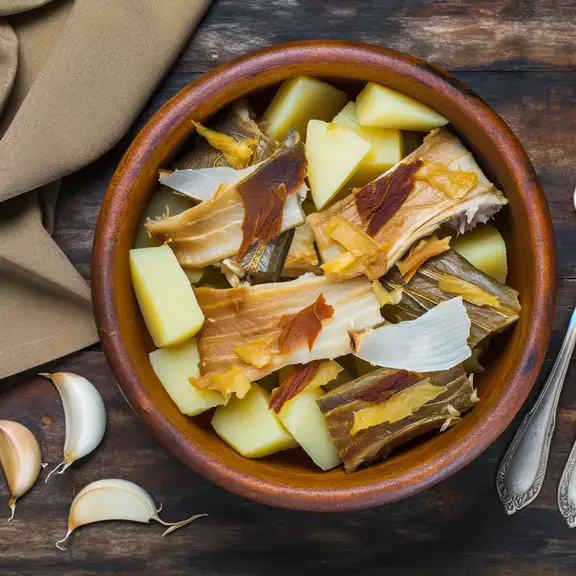
Dried cod prepared in various ways, often served with potatoes and garlic, especially popular during Christmas time.
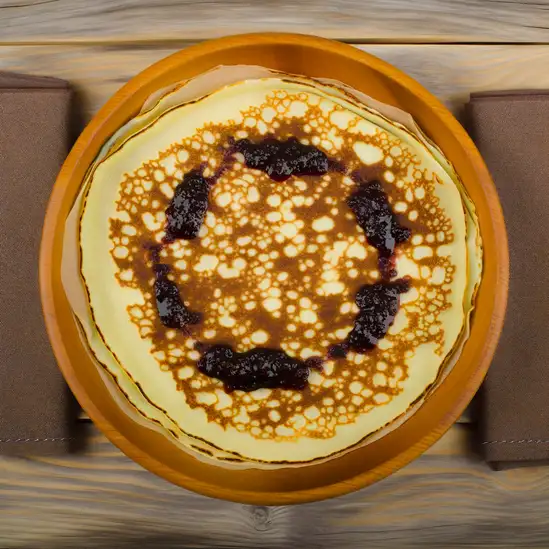
Thin pancakes similar to crepes, filled with a variety of sweet or savory fillings, such as jam, chocolate, or cheese.
If you ever find yourself wandering through Split,it’s like stepping into a living,breathing storybook where ancient history and vibrant modern life dance together effortlessly. The moment you stroll along the Riva promenade,the salty breeze from the Adriatic mingles with the aroma of fresh espresso and grilled seafood wafting from nearby cafés. Locals chat animatedly in the sun-dappled squares,their laughter blending with the distant hum of boats bobbing gently in the harbor. There’s a laid-back energy here that feels both timeless and alive,inviting you to slow down and soak it all in.
Split’s heart beats strongest in Diocletian’s Palace,a sprawling Roman fortress that’s less a museum and more a neighborhood where people live,shop,and gather. Walking through its ancient stone alleys,you’ll catch glimpses of colorful markets,artisan shops,and cozy taverns tucked into centuries-old walls. At night,the city transforms as lanterns flicker on,and the sound of live klapa singing—traditional a cappella harmonies—drifts through the air,wrapping you in a warm,soulful embrace.
What really makes Split unforgettable is how effortlessly it blends the old with the new. You can savor a plate of fresh octopus salad while watching fishermen haul in their catch,then wander to a rooftop bar for a cocktail as the sun sets behind the islands. It’s a place where every corner tells a story,every meal feels like a celebration,and every moment invites you to become part of its ongoing tale.
If you ever find yourself wandering through the sun-drenched streets of Dubrovnik,you’ll immediately feel like you’ve stepped into a living storybook. The city’s ancient stone walls rise proudly against the sparkling Adriatic,and as you stroll along the marble-paved Stradun,the salty sea breeze mingles with the scent of fresh pine and blooming bougainvillea. There’s a rhythm here—a gentle hum of life where history and modern charm dance together effortlessly.
Dubrovnik’s character is woven into every corner:the clatter of café cups,the murmur of locals chatting in cozy taverns,and the distant call of seagulls overhead. You can almost taste the city in the air—briny and fresh,with hints of grilled seafood and ripe figs from the markets. Sitting at a seaside restaurant,watching the sun dip behind the fortress walls,you’ll savor dishes bursting with Mediterranean flavors,paired with a glass of crisp Croatian white wine.
What makes Dubrovnik truly special is how it balances its rich past with a vibrant present. The city’s narrow alleys invite exploration,revealing tucked-away galleries,artisan shops,and lively squares where music spills out into the streets. Whether you’re tracing the footsteps of ancient mariners or simply soaking up the golden light on a quiet terrace,Dubrovnik feels like a warm embrace—inviting,timeless,and utterly unforgettable.
If you ever find yourself wandering the Dalmatian coast,Zadar is one of those places that sneaks up on you with its quiet charm and unexpected magic. The moment you step onto its ancient stone streets,there’s this warm,timeless feeling—like the city is gently humming a tune just for you. The salty breeze from the Adriatic mingles with the scent of fresh pine and blooming jasmine,wrapping around you as you stroll along the waterfront. It’s a place where history isn’t just in museums; it’s alive in the crumbling Roman ruins,the medieval churches,and the lively squares where locals gather to chat and sip coffee.
What really sets Zadar apart is its playful spirit. You’ll hear it in the waves as they dance through the Sea Organ,an extraordinary installation that turns the sea’s movement into haunting melodies. And just a few steps away,the Sun Salutation lights up the night with a mesmerizing display of colors,making the waterfront feel like a celebration of nature and art. Grab a seat on the stone benches,watch the sun dip below the horizon,and you’ll understand why Alfred Hitchcock once called Zadar the most beautiful sunset in the world.
The city’s vibe is relaxed but vibrant,with cozy konobas serving up fresh seafood and local wines that taste like the essence of the region. Whether you’re wandering through the bustling market,exploring narrow alleys,or simply soaking in the views from a café terrace,Zadar invites you to slow down,breathe deeply,and savor every moment.
If you wander into Šibenik,you’ll immediately feel like you’ve stepped into a place where history and the sea have been quietly chatting for centuries. The city’s old stone streets,worn smooth by footsteps over hundreds of years,invite you to slow down and soak in the atmosphere. There’s a gentle hum of life here—fishermen unloading their catch,the clinking of glasses from cozy waterfront cafés,and the distant call of seagulls mingling with the soft splash of waves against the harbor walls.
What makes Šibenik truly special is its blend of rugged Adriatic charm and rich cultural layers. The sun warms the limestone walls,making them glow golden in the late afternoon,while the scent of pine trees drifts in from the nearby hills. You can’t miss the stunning Cathedral of St. James,a masterpiece carved entirely from stone,where every detail tells a story. Wander through the narrow alleys,and you’ll find vibrant markets bursting with fresh figs,olives,and local cheeses that taste like sunshine.
Evenings in Šibenik have a relaxed,almost magical feel. The city lights flicker on,reflecting in the calm waters,and the air fills with the aroma of grilled seafood and herbs. Locals gather in lively taverns,sharing laughter and stories over glasses of crisp Croatian wine. It’s a place where time slows just enough for you to savor the simple pleasures—good food,warm smiles,and the endless blue horizon.
If you ever find yourself wandering the Istrian coast,Pula is the kind of place that wraps around you like a warm,familiar hug. There’s this effortless blend of ancient history and laid-back seaside charm that makes the city pulse with life. Imagine strolling through streets where Roman ruins peek out from behind cozy cafes,their stone walls whispering stories of gladiators and emperors. The air carries a salty breeze mixed with the aroma of fresh seafood grilling nearby,and the chatter of locals and tourists blends into a lively,welcoming hum.
What really sets Pula apart is its character—it''s not just a city frozen in time but one that wears its history with pride while embracing the present. You’ll find yourself lingering in the shadow of the massive amphitheater,marveling at how it’s still so alive,hosting concerts and events that make the ancient stones vibrate with modern energy. The narrow alleys invite you to explore little artisan shops and family-run trattorias where you can savor Istrian truffles,fresh olives,and a glass of local Malvazija wine that tastes like sunshine.
Evenings in Pula have a special magic. The golden light softens the city’s edges,and the sea reflects a palette of pinks and purples. Sitting by the harbor,you can hear the gentle lapping of waves and the distant laughter from a nearby tavern. It’s a place that feels both timeless and alive,where every corner invites you to slow down,breathe in the moment,and soak up a culture that’s as rich as the land itself.
If you wander into Rijeka,you’ll immediately feel its pulse—a lively,salty breeze mingling with the hum of a bustling port city that’s unapologetically itself. It’s not polished like some of Croatia’s more famous coastal towns,but that’s exactly what makes it so magnetic. The streets buzz with a mix of locals chatting over coffee,the clatter of trams,and the occasional distant call of seagulls. You can almost taste the sea in the air,a briny freshness that pairs perfectly with a glass of local Malvazija wine at a cozy café.
Rijeka wears its history on its sleeve,from the grand Austro-Hungarian architecture to the colorful street art that pops up in unexpected corners. The city’s character is a blend of old-world charm and modern creativity,with a vibrant arts scene that spills into its festivals and galleries. Strolling along the waterfront,you’ll catch fishermen unloading their catch,the scent of grilled fish wafting from nearby taverns,and the laughter of families enjoying the evening.
What really sticks with you is Rijeka’s warmth—people here are genuine,proud of their city’s quirks and stories. Whether you’re exploring the lively market,climbing up to Trsat Castle for sweeping views,or simply soaking in the rhythm of the harbor,Rijeka invites you to slow down and savor its unique blend of sea,culture,and everyday life. It’s a place that feels like a well-kept secret,but one you’ll want to shout about once you’ve been.
Scammers install skimming devices on ATMs to steal card information from unsuspecting tourists.
Scammers approach tourists pretending to collect donations for fake charities or causes.
Tourists are offered currency exchange at attractive rates, but they receive counterfeit or outdated currency in return.
Unlicensed individuals pose as tour guides and charge tourists for inaccurate or subpar tours.
Shops in tourist-heavy areas may sell souvenirs at inflated prices, banking on tourists not knowing the fair market value.
Some taxi drivers may not use the meter or take unnecessarily long routes to overcharge tourists.
Crowded areas like markets or public transport are hotspots for pickpockets targeting distracted tourists.
Restaurants may add hidden charges or inflate the bill, especially if tourists are not fluent in the local language.
Street performers may demand payment after a tourist takes a photo or watches their act, even if no prior agreement was made.
The possession, use, and distribution of illegal drugs are strictly prohibited in Gradska četvrt Donji grad, Croatia. Penalties for drug-related offenses can be severe, including hefty fines and imprisonment. Medical marijuana is legal but strictly regulated, and it requires a prescription from a licensed medical professional. Tourists should avoid any involvement with illegal drugs to avoid legal consequences.
In Gradska četvrt Donji grad, Croatia, smoking is generally prohibited in enclosed public spaces, including restaurants, bars, and public transportation. There are designated smoking areas in some establishments, so look for signs indicating where smoking is allowed. Smoking is also restricted in certain outdoor areas, such as playgrounds and near schools. Violations can result in fines.
Vaping regulations in Gradska četvrt Donji grad are similar to those for smoking. Vaping is prohibited in enclosed public spaces and certain outdoor areas. Some establishments may have designated areas for vaping. It's advisable to look for signs or ask staff if you're unsure. Violations can also result in fines.
What are other people saying about Gradska četvrt Donji grad?
Recent Social posts about Gradska četvrt Donji grad
There is nothing to show you for now.